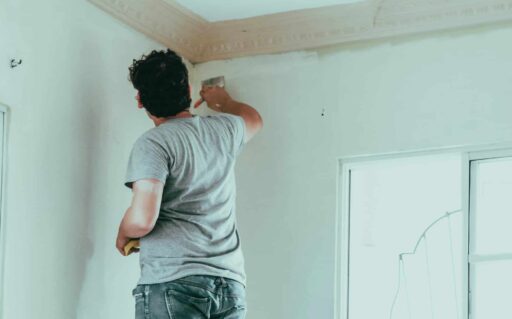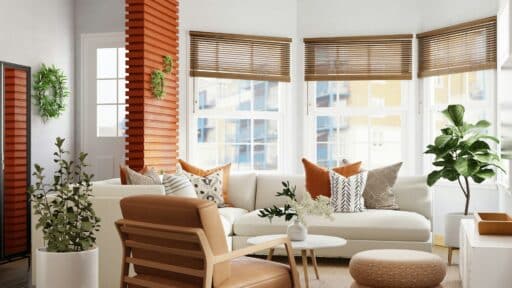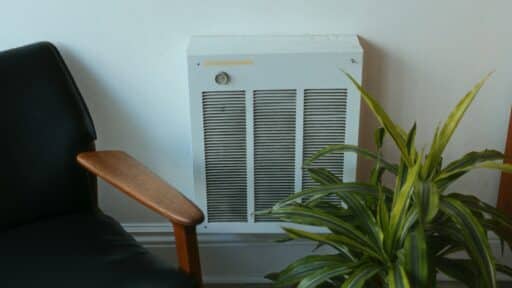Water can sneak in quietly. One day, the wall looks fine, the next it’s bubbling or worse, moldy. For anyone managing properties in places like Dubai or Doha, the kind of waterproofing paint you choose isn’t just a detail. It’s insurance. And not the kind you hope never to use. It’s the barrier that stops repairs before they start.
Paint or Membrane? You Don’t Always Need Both
Let’s cut through it: paint is fast. Membranes are tough. One goes on like regular paint, straight from the can. The other? It’s usually rolled out, sometimes layered under tiles, and best used where water won’t take no for an answer.
So which do you need? Depends on what you’re painting. Visible surfaces? Paint is probably enough. Underground walls or exposed rooftops? Go for the membrane or both. No shame in double protection.
What Works Where: Every Room Has a Different Story
You wouldn’t treat a pool deck like a pantry. Same idea here. A flat roof deals with direct sun, heavy rain, and temperature swings. It needs something flexible that doesn’t crack when the heat turns up.
Bathrooms and kitchens live with steam and splashes. Mold-resistant paints do better there. For places with salty air or constant cleaning (looking at you, restaurants), pick something that holds its color and doesn’t peel when scrubbed. Match the paint to the pain points.
Prepping Isn’t Optional (Even if You’re in a Rush)
Want to waste good paint? Slap it on a damp, dusty, or cracked wall. You’ll be repainting in six months, maybe less.
Before you even think about opening a bucket, take a walk around. Any leaks? Fix those. Hairline cracks? Patch them. Rough spots? Sand them. You want a clean, dry surface that’ll hold the paint—not fight it. Use a sealer or primer that fits the material and paint type. Skip this step and you’re back where you started, but with a bigger bill.
Inside and Outside Paints Aren’t the Same (Don’t Confuse Them)
If you mix up interior and exterior paints, the finish might look fine at first. But not for long. Indoor paints aren’t built to handle sandstorms or sun exposure. Outdoor ones might release fumes that you definitely don’t want hanging around indoors.
Interior waterproofing paints work well in kitchens, bathrooms, and anywhere moisture shows up inside. Exterior ones are tougher, designed to face the elements without flaking out. Don’t guess, check the label or ask your supplier.
Want It to Look Good Too? You’ve Got Options
Just because a paint blocks water doesn’t mean it has to look boring. A lot of today’s products let you pick your color, finish, and even texture while still holding up to daily abuse.
That means no more trade-offs. You can coat a hotel bathroom, a restaurant wall, or even a poolside bar without needing a second product for looks. Whether you’re choosing a decorative paint with waterproof features or a moisture-blocking formula that still pops with color, one bucket can do both jobs.
FAQs
Q1: What’s better: waterproofing paint or membrane?
It depends. Paint is easier to apply and looks better on exposed surfaces. Membranes are stronger and work well under tiles or concrete, where water is likely to build up.
Q2: Can I paint straight onto concrete?
You can, but only if you prep it right. Clean it, patch holes, sand the surface, then apply a compatible primer. Otherwise, the paint won’t last.
Q3: Are there waterproof paints that are non-toxic or low-odor?
Yes. Water-based formulas with low VOCs are easy to find now. These are safer indoors and better for air quality.
Q4: Will this paint stick to metal or wood?
Some will. But check the label first. You’ll probably need a primer made for that surface to help it hold.
Q5: How many coats should I use?
Two minimum. Three is better if you want the protection to last. Let each one dry all the way before adding the next.
Q6: Can waterproof paint be used in basements and foundations?
Yes, but only if you fix underlying moisture issues first. Use waterproofing paint on clean, dry concrete or masonry. For better protection, pair it with a membrane on exterior foundation walls if flooding or seepage is a concern.
Q7: What’s the best waterproof paint for sloped rooftops?
Look for elastomeric or acrylic-based waterproof paints that can flex with the surface. These resist cracking and hold up well to heat and UV, which is critical for rooftop use in hotter climates.
Q8: Can I use waterproofing paint on both new and painted surfaces?
Yes, but you’ll need to prep both correctly. New surfaces require sealing and priming. Old painted walls must be cleaned, sanded, and sometimes stripped if the old paint is loose or incompatible.
Q9: Do waterproofing paints provide insulation benefits?
Some do. Certain waterproof coatings also reduce heat absorption, which can help with indoor temperature control, especially useful for rooftop or exterior wall applications.
Q10: How often should waterproof paint be reapplied?
Most products last around 3–5 years depending on exposure. High-traffic or exposed areas may need touch-ups sooner. Applying a clear protective topcoat can extend the life of the paint job.
Waterproofing paints aren’t just for looks—they protect what’s underneath. And in this climate, with the heat, humidity, and sudden rainstorms, they matter a lot more than most people think. Choose smart, prep right, and don’t skimp on coats. It’s easier to paint once and walk away than to fix it later.








